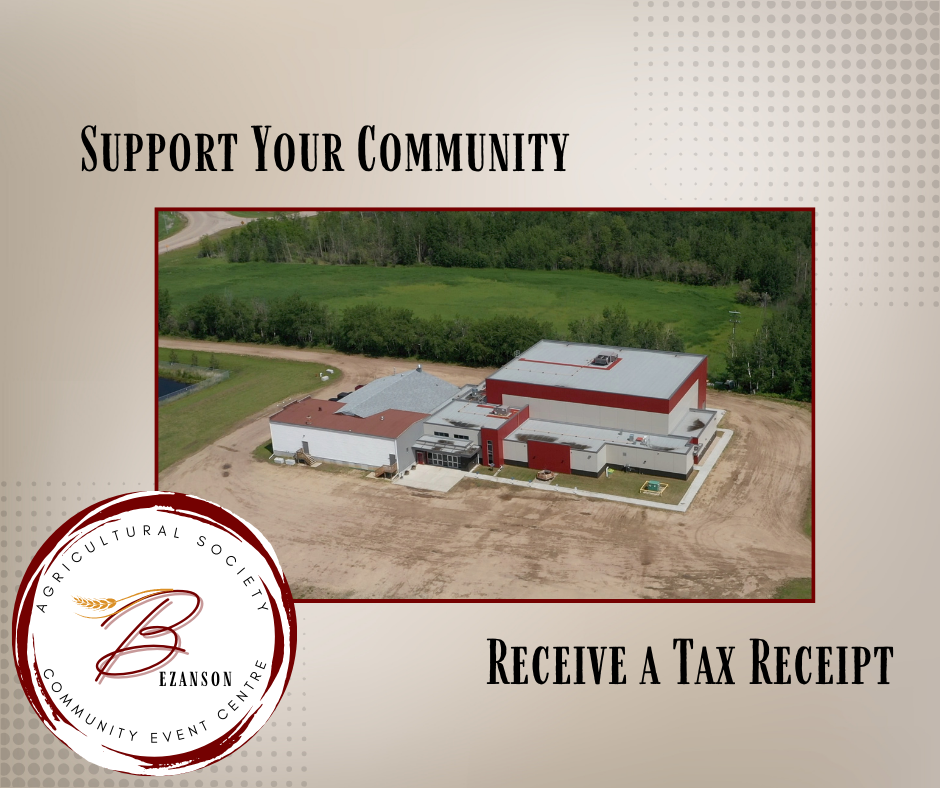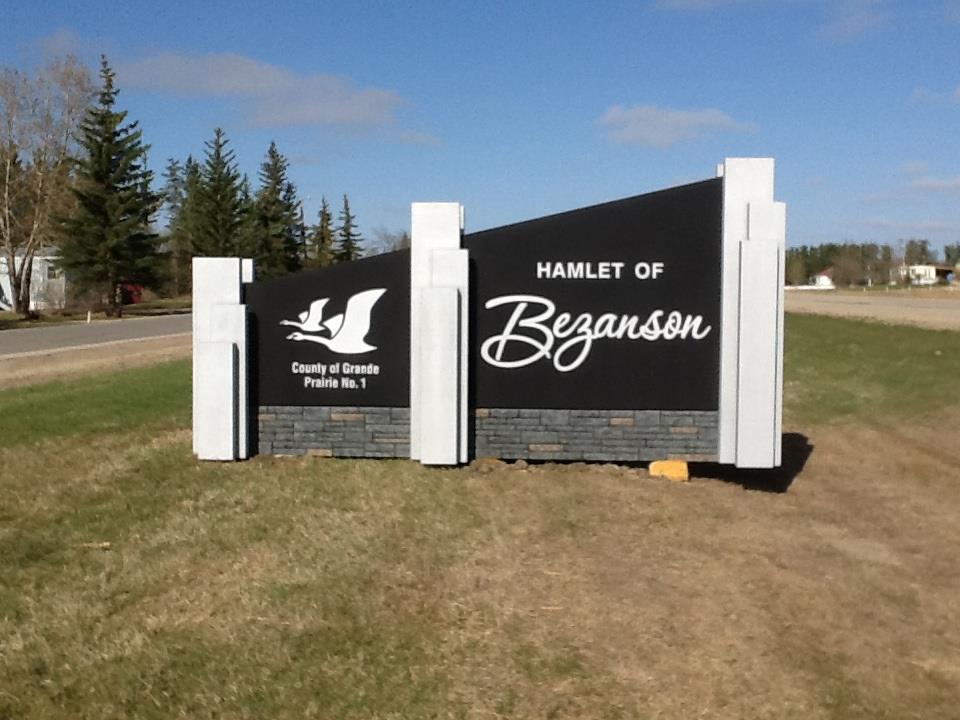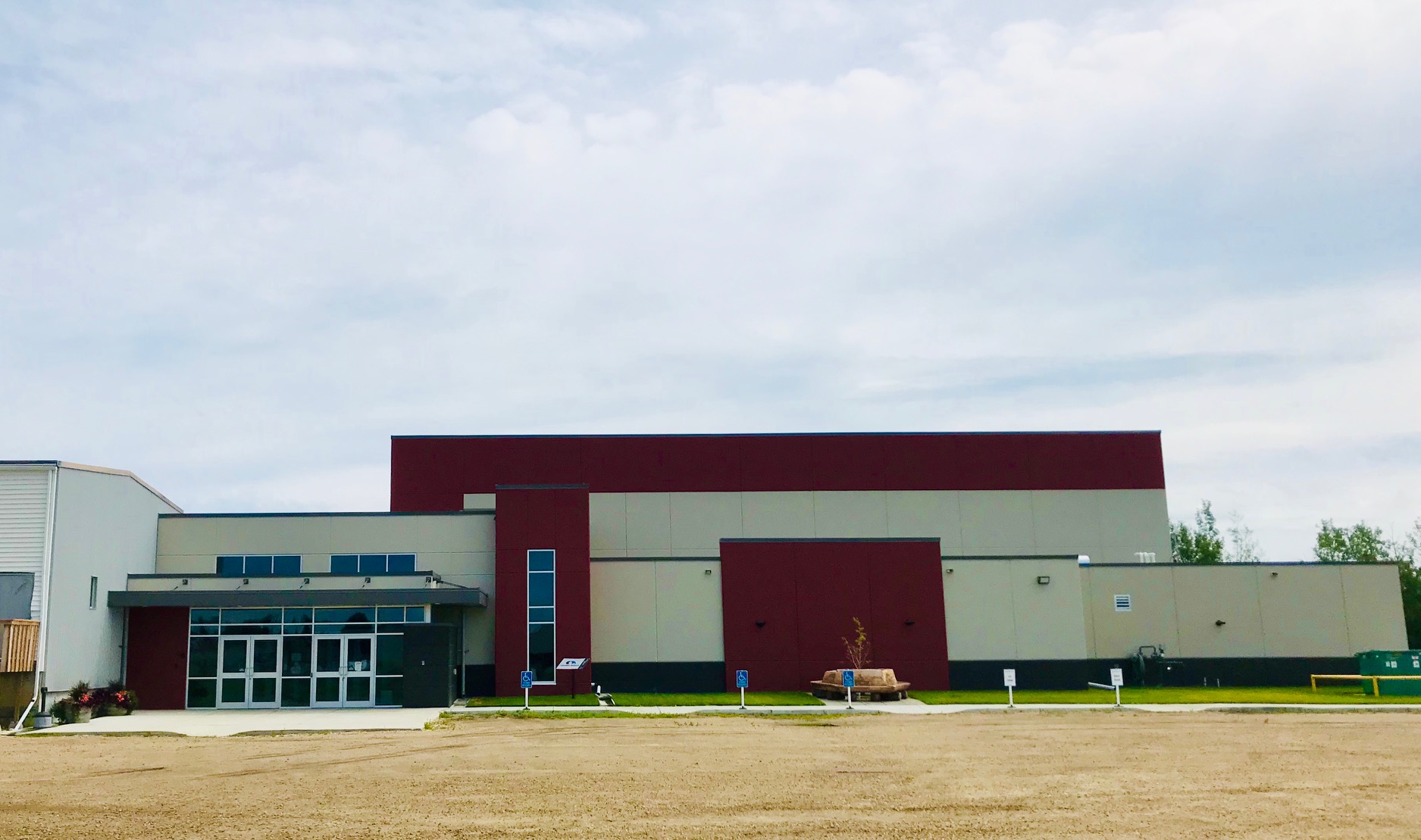Blog
Home / History
Sponsorship Opportunities
Bezanson Ag Society Has Naming Rights Opportunities Available in the Bezanson Community Event Centre Bezanson Agricultural Society’s vision is to promote and support quality programming ...
Read More →
Commercial Kitchen Rental Opportunity
Bezanson Community Event Centre has a state-of-the-art Commercial Kitchen available to rent beginning in January. Included in this rental is the opportunity to promote your ...
Read More →
Support Your Community – Receive a Tax Receipt
Looking for an opportunity to Help Impact Your Community. Here’s an opportunity to make a year end donation and make a difference in your community ...
Read More →
NEW VIDEO on Bezanson Community Organizations!
The Bezanson Community Group is a collection of all the different groups/organizations that work hard to bring the community of Bezanson a wide variety of ...
Read More →
NEW VIDEO! Bezanson Community Centre (Knelsen Centre) Facilities
https://www.youtube.com/watch?v=2XIYCm7Ee6w Learn more about what facilities the Ag Society operates and the programs that it offers to the Bezanson Community! The Bezanson Community Centre is ...
Read More →





